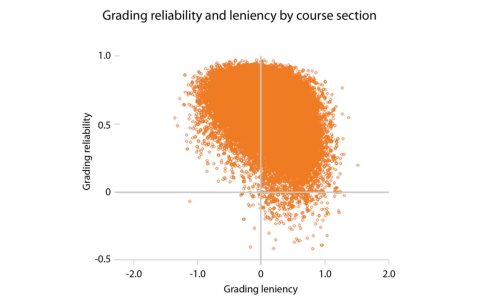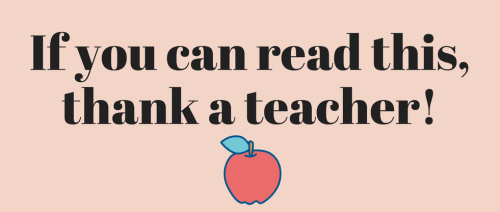
Solving for Math Success
Math skills are critical for students’ success in other subjects and later in life, yet far too many teacher prep programs fail to give aspiring teachers the essential knowledge they need to be effective math teachers—undermining student learning before the first lesson even begins.














